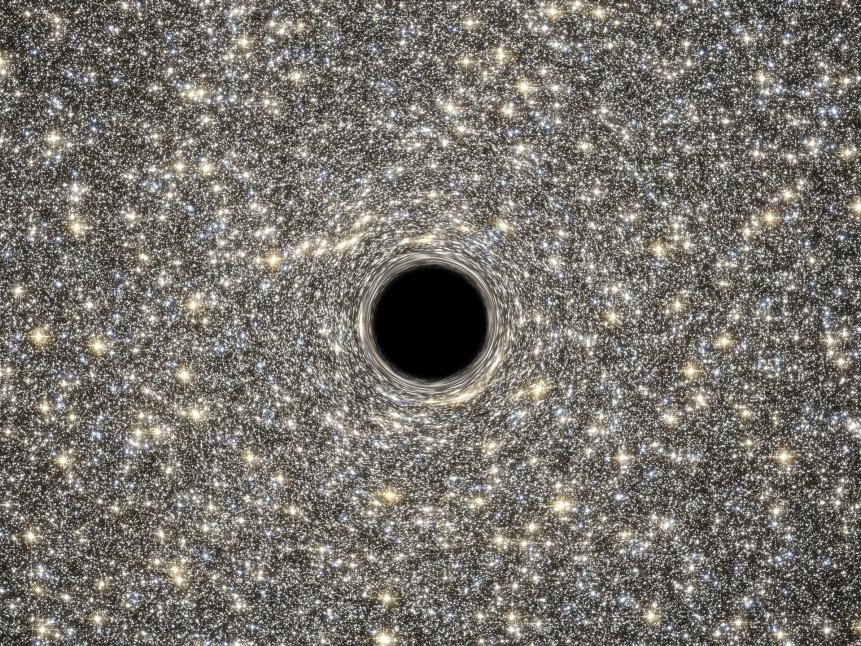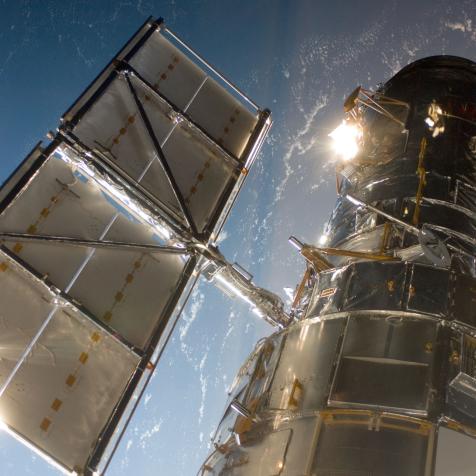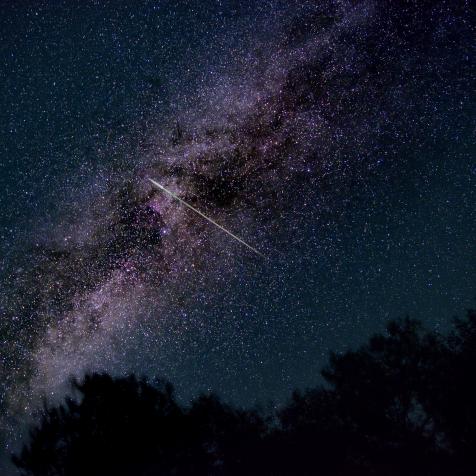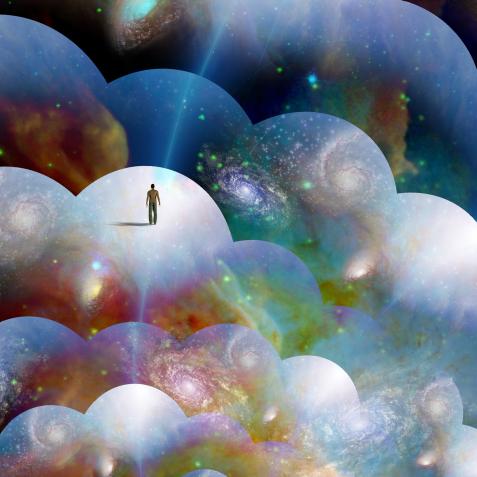
NASA, ESA, and D. Coe, J. Anderson, and R. van der Marel (STScI)
The Death of Black Holes

According to NASA, "A black hole is a place in space where gravity pulls so much that even light can not get out. The gravity is so strong because matter has been squeezed into a tiny space. This can happen when a star is dying." But what happens when a black hole dies?
I need to let you in on a little secret. You know black holes, right? Those regions of such extreme gravity that nothing can ever escape? That once you fall in you can never get out? One of the most enigmatic places in the entire universe?
Yeah, those black holes. It turns out that they're not quite entirely, wholly, 100%...well, black.
Here's the thing. We understand black holes through Einstein's theory of general relativity. That theory teaches us that if enough matter crunches down into a small enough volume then it will form a black hole. For example, you could squeeze the Earth down to about the size of a lima bean (although you're free to imagine the bean of your choice) it would become a bean-sized black hole. If we scrunched you down to about the size of an atom, you would be an atom-sized black hole.
The Existence

NASA Goddard
This is an illustration of a supermassive black hole, weighing as much as 21 million suns, located in the middle of the ultradense galaxy M60-UCD1. The dwarf galaxy is so dense that millions of stars fill the sky as seen by an imaginary visitor. Because no light can escape from the black hole, it appears simply in silhouette against the starry background.
According to general relativity, black holes just... exist. They form, and then anything that falls in gets trapped forever and that's about the end of the story.
But back in the 1970s, astrophysicist Stephen Hawking discovered something remarkable. Through a strange and not yet completely understood interaction between the boundary of a black hole — known as the event horizon — and the quantum fields that make up reality, black holes can slowly evaporate.
So they're not entirely black. They do give off a little bit of energy, which causes them to lose mass. It’s not much since a typical black hole will emit only one particle every year, but it’s not nothing. Over time they shrink down to nothing and simply pop away in a flash of energy.
It's not exactly fast. A good size black hole — say, a few times more massive than the sun — will take about 10^100 years to eventually evaporate through this process, known as Hawking Radiation.
Considering that the universe is only 13.8 billion years old right now, we've got to wait just a little bit before black holes go away.
But go away they will. In the far far far far far future, after every star has lived and died, after every planet has dissolved, and after every galaxy has torn itself apart, the only thing remaining in the universe will be the black holes. And eventually those too will go out, leaving behind a shower of subatomic particles to aimlessly float through an empty and desolate cosmos.
I know it sounds depressing, but like I said, we've got a little bit of time before that happens.












































































